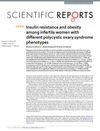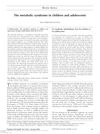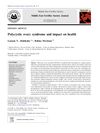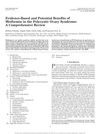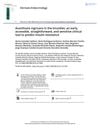Implications of a Clinically Ignored Site of Acanthosis Nigricans: The Knuckles
October 2014
in “
Experimental and Clinical Endocrinology & Diabetes
”
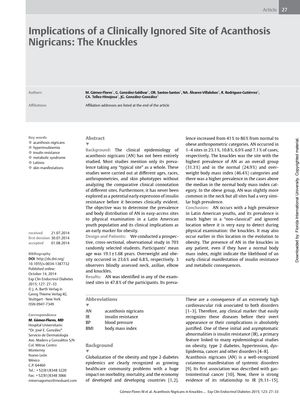
TLDR Knuckle Acanthosis Nigricans is common in Latin American youth and may indicate early insulin resistance, especially in those with normal weight.
The study investigated the prevalence of Acanthosis Nigricans (AN) on the knuckles of 703 Latin American youths and its association with obesity and insulin resistance (IR). AN was found in 47.8% of participants, with the highest prevalence on the knuckles (31.3%). The condition was more common in individuals with higher BMI, waist circumference, and those with a family history of type 2 diabetes, obesity, and arterial hypertension. Notably, AN was present in over 40% of normal-weight individuals, suggesting it could serve as an early marker for IR. The study also observed a gender difference in the distribution of AN, with women more commonly affected on the neck and men on the axillae. Although there was a positive correlation between BMI and abnormal blood pressure, the prevalence of abnormal BP was not significantly different in those with or without AN, possibly due to the young age of the participants. The findings indicate that AN on the knuckles could be a valuable indicator for early intervention to prevent metabolic complications, especially in populations with skin phototypes 3 or 4. Further research is needed to confirm the clinical utility of AN on the knuckles as a diagnostic tool for IR, particularly in individuals with normal BMI.

